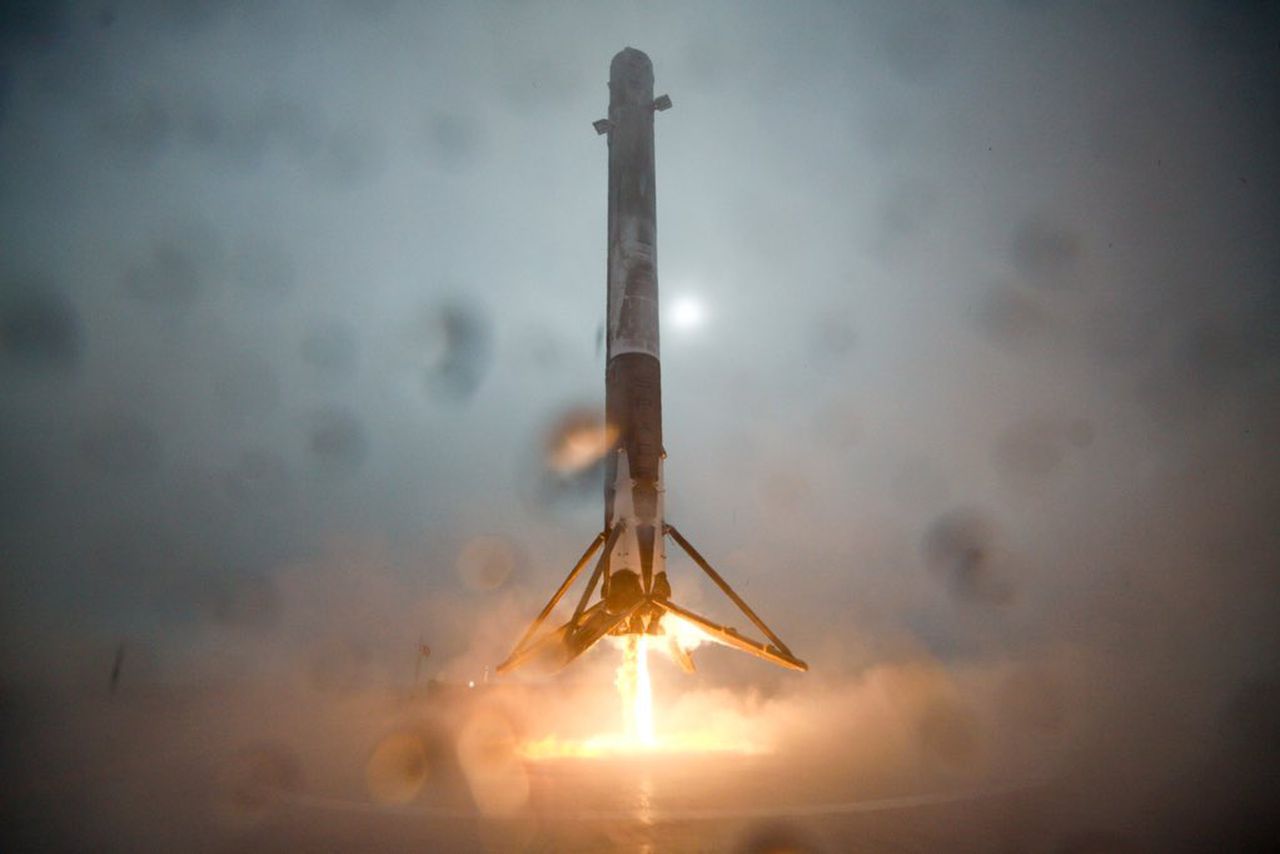
SpaceX has failed to land its Falcon 9 rocket on an autonomous
drone ship in the Pacific Ocean after launching the vehicle into space.
The company originally said that the rocket came in too hard, but after
further review of the data, SpaceX concluded that one of the rocket's
legs failed to lock, causing the whole thing to tip over.
Waves at the landing site today were 12 to 15 feet high, which may have
contributed to difficulties in landing. But when asked if the same
scenario would have happened on land, Musk answered, "Probably."
After further data review, stage landed softly but leg 3 didn't lockout. Was within 1.3 meters of droneship center— SpaceX (@SpaceX) January 17, 2016
Despite today’s failure, SpaceX will continue to push for sea landings, as it gives the company multiple options for recovering its rockets post-launch. Landing the Falcon 9 on land is an easier task, but only certain missions are suitable candidates for landing on solid ground. Redirecting a returning rocket to land on a launch pad requires extra fuel capacity that some missions just can’t spare. SpaceX wants to recover most, if not all, of its rockets in the future, no matter the type of mission. And sometimes, landing at sea is the only option.
Ocean landings let SpaceX recover rockets it can't route to solid ground
Landing on ships at sea helps to save on fuel, namely because the ships can move. To get into orbit, rockets launch up and away from their launch pads, following a parabolic path. Once the Falcon 9 gets into space and separates from the top portion of the vehicle, the rocket must retread both the horizontal and vertical distance to land back on ground near the launch pad. But for ocean landings, the landing target comes to the Falcon 9; the drone ships can situate themselves more or less underneath the rocket, eliminating much of the horizontal distance the vehicle must cover and saving on the amount of fuel needed to return to Earth. This is ideal for high-velocity missions or ones that carry heavy payloads, since they need a lot more fuel.
Well, at least the pieces were bigger this time! Won't be last RUD, but am optimistic about upcoming ship landing. pic.twitter.com/w007TccANJ
— Elon Musk (@elonmusk) January 17, 2016
The purpose of landing these rockets is so that the company can save money by launching them again. Right now, SpaceX must build an entirely new rocket for each launch, which Musk said costs about $60 million. Reusing rockets means that the cost of launching the vehicle would only be the $200,000 needed for fuel, plus however much it takes to inspect the rocket and bring it up to code for the next mission. If SpaceX wants to maximize the reward from this new business model, it will need to start reusing its rockets with some regularity. The company has quite a few launches coming up, and SpaceX has said it will be returning to ocean landings for the next few missions. So there are many more opportunities to get the landing right.
Today's mission was successful in sending NASA's Jason-3 ocean monitoring satellite into orbit. The probe, which was built in cooperation with the National Oceanic and Atmospheric Administration, will measure the ocean's surface level, to help forecasters better predict major weather events like hurricanes.








0 comments :
Post a Comment